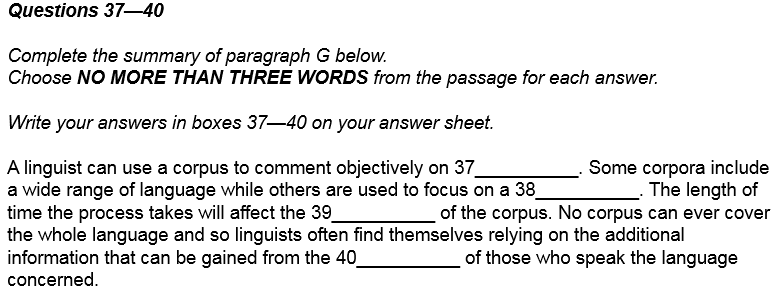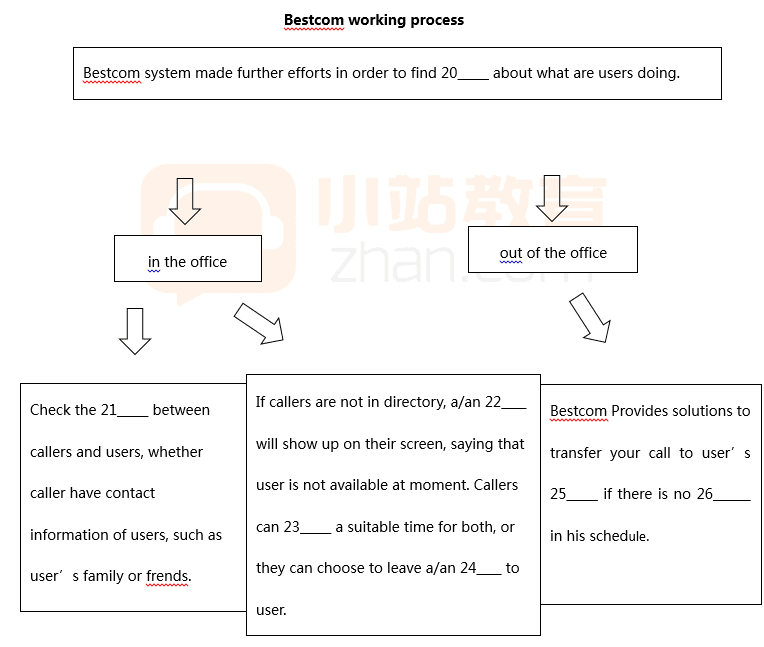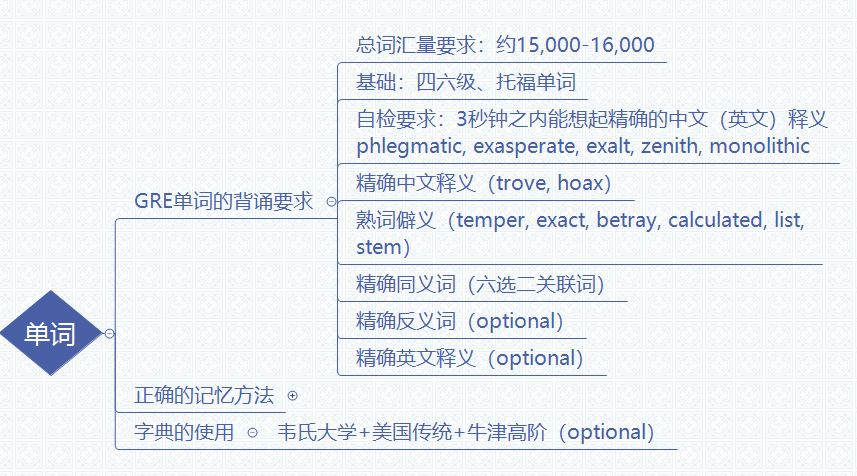托福阅读高频易错话题背景知识补充, 中世纪农业改革那些事儿,今天小编给大家带来了托福阅读高频易错话题背景知识补充,希望能够帮助到大家,下面小编就和大家分享,来欣赏一下吧。
托福阅读高频易错话题背景知识补充 中世纪农业改革那些事儿
近期托福阅读农业话题出现情况介绍
农业向来是ETS特别喜欢考的一个话题,从农业起源,到具体某个国家或者文明农业发展的状况,从玛雅印加农业到巴厘岛埃及农业,农业的话题充斥着工业革命之前历史时期的各个阶段。纵观最近几场考试:
The Plow and the Horse in Medieval Europe 2019.9.7;
The Medieval Agricultural Revolution 2019.8.25;
New Sources of Power for Agriculture 2019.7.6;
中世纪的农业改革这个话题热度久高不下,接下来小编就跟大家详细聊聊中世纪农业改革那些事。
中世纪工业改革话题背景知识科普分享
中世纪的农业改革重点体现在3个方面:三田制(three-field system),重型犁(heavy plow)和马在畜力上的使用(plow horse)。
1. three-field system(三田制)
在中世纪之前的罗马时代是二田制,所有的田地一份为二,一半种植(cultivation),一半休耕(fallow),但随着时代的发展,人口越来越多,导致食物供不应求,所以这个时期的人们开始使用三田制,将土地一分为三,其中的三分之二用于种植,另外三分之一进行休耕,一方面能够确保粮食的供应,另一方面也保证土地有时机恢复肥沃度。
具体内容如下:
For much of the early Middle Ages, peasants continued the Roman practice of dividing their fields in two leaving one fallow, or uncultivated, for a year, and planting their crops in the other half. Fallow land restored its nutrients, but the practice meant that half the land produced nothing every year. In southern Europe with its drier climate this system of two-field crop rotation continued, but in northern Europe, peasants improved on this system by dividing their land into three parts. One they left fallow, another they planted in the spring, and the third they planted with winter crops. This three-field crop rotation, dependent on more rainfall than southern Europe received, meant that two-thirds instead of one-half of a peasant's land was under production in one year.
2. heavy plow(重型犁)
这个时期的人们把罗马时代的犁(scratch plow)进行了改造,使它更锋利,能够穿透北欧沉重潮湿的泥土,给土地充气,并且将底层的矿物质翻倒地表,有助于庄稼生长,另一方面,重型犁留下犁纹(furrow),有利于疏通泥土排水,减少洪涝。但新犁很重,需要八匹马/八头牛去拉,个体农民无法负担如此多牲畜,促使农民合作结成马队或者牛队,且为了减少犁地时拐弯,将农田变成长条形(long strips)。
具体内容如下:
A major development in farming was the heavy plow that could cut through the deep, wet, and heavy soils of Northern Europe much better than the light scratch plow. It had three basic parts: the coulter or heavy knife that cut through the soil vertically, the plowshare that cut through the soil horizontally, and the mouldboard, which turned the soil to one side.
There were two advantages to this kind of plow. First, it cut the soil so violently that there was no need for cross plowing as there was with the scratch plow. This saved time, which could be used for, among other things, clearing more land and producing more food. Second, the heavy plow created furrows, little ridges and valleys in each plowed row. In times of drought, water would drain into the valleys and ensure some crops would survive. In times of heavy rains, the crops on top of the ridges would not get flooded out. As a result, peasants could usually look forward to at least some crops to harvest even in bad years. The furrows the heavy plow created also meant that the rich alluvial bottomlands by rivers could be farmed without their frequent floods doing too much damage. The heavy plow also fed into the feedback cycle of more food, population growth, etc.
3. plow horse(马的使用)
马的使用也是这个时期的重点突破,之前不用马是因为套在牛脖子上的collar不适合马,后来人们对这个collar进行改造,研制出了新型马具,使得马可以在耕地上发挥作用。马的工作时间更长,效率更高,促进了农业产出(yield),且马可以用来运输粮食去更远的地方,推动区域经济的发展。
相应文章如下:
Oxen are slow and unintelligent compared to horses, but peasants could not use horses to pull plows until they devised a different kind of harnessing than the strap that circled an ox's neck. With a harness resting on its shoulders instead of its neck, a horse could be used to plow, and horses could walk more quickly and work longer hours than oxen. They also required less guidance, since they understood verbal signals to turn or to stop. Heavier, wheeled plows pulled by suitably harnessed horses meant that peasants could work more land in a day than ever before. Whether an increase in population across western Europe, but particularly in the north, stimulated innovations or whether such innovations contributed to a rise in population, the cumulative effect of these changes in agriculture was apparent in the tenth century. Conditions in Europe were ripe for an economic and cultural upswing.
这三大改革,大大促进了农业的发展,也使得中世纪进入了它发展的繁盛期,历史上称之为The High Middle Ages。
中世纪农业改革的相关背景知识就介绍到这里,小编希望各位考生能够认真阅读有所收获,并运用到后期的备考甚至是实战的阶段当中。
托福(TOEFL)考试阅读模拟试题
Question 31-40
If the salinity of ocean waters is analyzed, it is found to vary only slightly from place to place. Nevertheless, some of these small changes are important. There are three basic processes that cause a change in oceanic salinity. One of these is the subtraction of water from the ocean by means of evaporation —— conversion of liquid water to water vapor. In this manner, the salinity is increased, since the salts stay behind. If this is carried to the extreme, of course, white crystals of salt would be left behind.
The opposite of evaporation is precipitation, such as rain, by which water is added to the ocean. Here the ocean is being diluted so that the salinity is decreased. This may occur in areas of high rainfall or in coastal regions where rivers flow into the ocean. Thus salinity may be increased by the subtraction of water by evaporation, or decreased by the addition of fresh water by precipitation or runoff.
Normally, in tropical regions where the sun is very strong, the ocean salinity is somewhat higher than it is in other parts of the world where there is not as much evaporation. Similarly, in coastal regions where rivers dilute the sea, salinity is somewhat lower than in other oceanic areas.
A third process by which salinity may be altered is associated with the formation and melting of sea ice. When seawater is frozen, the dissolved materials are left behind. In this manner, seawater directly beneath freshly formed sea ice has a higher salinity than it did before the ice appeared. Of course, when this ice melts, it will tend to decrease the salinity of the surrounding water.
In the Weddell Sea, off Antarctica, the densest water in the oceans is formed as a result of this freezing process, which increases the salinity of cold water. This heavy water sinks and is found in the deeper portions of the oceans of the world.
3l. What does the passage mainly discuss?
(A) The elements of salt
(B) The bodies of water of the world
(C) The many forms of ocean life
(D) The salinity of ocean water
32. The word "this" in line 5 refers to
(A) ocean
(B) evaporation
(C) salinity
(D) crystals
33. According to the passage, the ocean generally has more salt in
(A) coastal areas
(B) tropical areas
(C) rainy areas
(D) turbulent areas
34. All of the following are processes that decrease salinity EXCEPT
(A) evaporation
(B) precipitation
(C) runoff
(D) melting
35. Which of the following statements about the salinity of a body water can best be
inferred from the passage?
(A) The temperature of the water is the most important factor.
(B) The speed with which water moves is directly related to the amount of salt.
(C) Ocean salinity has little effect on sea life.
(D) Various factors combine to cause variations in the salt content of water.
36. The word "altered" in line 16 is closest in meaning to
(A) determined
(B) changed
(C) accumulated
(D) needed
37. The world "it" in line 18 refers to
(A) sea ice
(B) salinity
(C) seawater
(D) manner
38. Why does the author mention the Weddell Sea?
(A) To show that this body of water has salinity variations
(B) To compare Antarctic waters with Arctic waters
(C) To give an example of increased salinity due to freezing
(D) To point out the location of deep waters
39. Which of the following is NOT a result of the formation of ocean ice?
(A) The salt remains in the water.
(B) The surrounding water sinks.
(C) Water salinity decreases.
(D) The water becomes denser.
40. What can be inferred about the water near the bottom of oceans?
(A) It is relatively warm.
(B) Its salinity is relatively high.
(C) It does not move.
(D) It evaporates quickly.
托福(TOEFL)考试阅读模拟试题
Questions 21-30
Glacier National park in Montana shares boundaries with Canada, an American Indian reservation, and a national forest. Along the North Fork of the Flathead River, the park also borders about 17,000 acres of private lands that are currently used for ranching, timber, and agriculture. This land is an important part of the habitat and migratory routes for several endangered species that frequent the park. These private lands are essentially the only ones available for development in the region.
With encouragement from the park, local landowners initiated a land-use planning effort to guide the future of the North Fork. The park is a partner in an interlocal agreement that calls for resource-managing agencies to work together and with the more than 400 private owners in the area. A draft plan has been prepared, with the objective of maintaining traditional economic uses but limiting new development that would damage park resources. Voluntary action by landowners, in cooperation with the park and the county, is helping to restrict small-lot subdivisions, maintain wildlife corridors, and minimize any harmful impact on the environment.
The willingness of local landowners to participate in this protection effort may have been stimulated by concerns that Congress would impose a legislative solution.
Nevertheless, many local residents want to retain the existing character of the area.
Meetings between park officials and landowners have led to a dramatically improved understanding of all concerns.
21. The passage mainly discusses
(A) the endangered species in Glacier National Park
(B) the protection of lands surrounding Glacier National Park
(C) conservation laws imposed by the state of Montana
(D) conservation laws imposed by Congress
22. Why are the private lands surrounding Glacier National Park so important?
(A) They function as a hunting preserve.
(B) They are restricted to government use.
(C) They are heavily populated.
(D) They contain natural habitats of threatened species.
23. The word "ones" in line 6 refers to
(A) private lands
(B) endangered species
(C) migratory routes
(D) ranching, timber, agriculture
24. The word "initiated" in line 7 is closest in meaning to
(A) started
(B) requested
(C) purchased
(D) considered
25. The relationship between park officials and neighboring landowners may best be
described as
(A) indifferent
(B) intimate
(C) cooperative
(D) disappointing
26. It can be inferred from the passage that a major interest of the officials of Glacier
National Park is to
(A) limit land development around the park
(B) establish a new Park in Montana
(C) influence national legislation
(D) settle border disputes with Canada
27. In lines 15-16, the author implies that landowners might be responding to environmental
concerns for which of the following reasons?
(A) They wish to stimulate economic growth.
(B) They wish to improve their public image.
(C) They have a tradition of cooperating with the government.
(D) They fear federal legislation.
28. The word "stimulated" in line 16 is closest in meaning to
(A) motivated
(B) anticipated
(C) substituted
(D) undermined
29. The word "retain" in line 17 is closest in meaning to
(A) preserve
(B) possess
(C) enjoy
(D) improve
30. Where in the passage does the author mention the purpose of the plan developed
by local landowners and park officials?
(A) Lines 1-2
(B) Lines 4-6
(C) Lines 10-14
(D) Lines 15-17
托福阅读高频易错话题背景知识补充
中世纪农业改革那些事儿,今天小编给大家带来了托福阅读高频易错话题背景知识补充,希望能够帮助到大家,下面小编就和大家分享,来欣赏一下吧。托福阅读高频易错话题背景知识补充 中世纪农业改革那些事儿近期托福阅读。下面小编给大家分享托福阅读高频易错话题背景知识补充,希望能帮助到大家。 托福阅读高频易错话题背景知识补充文档下载网址链接:
上一篇:全面解析托福阅读5大类信号词
下一篇:托福阅读5个高频考点词汇举例分析






